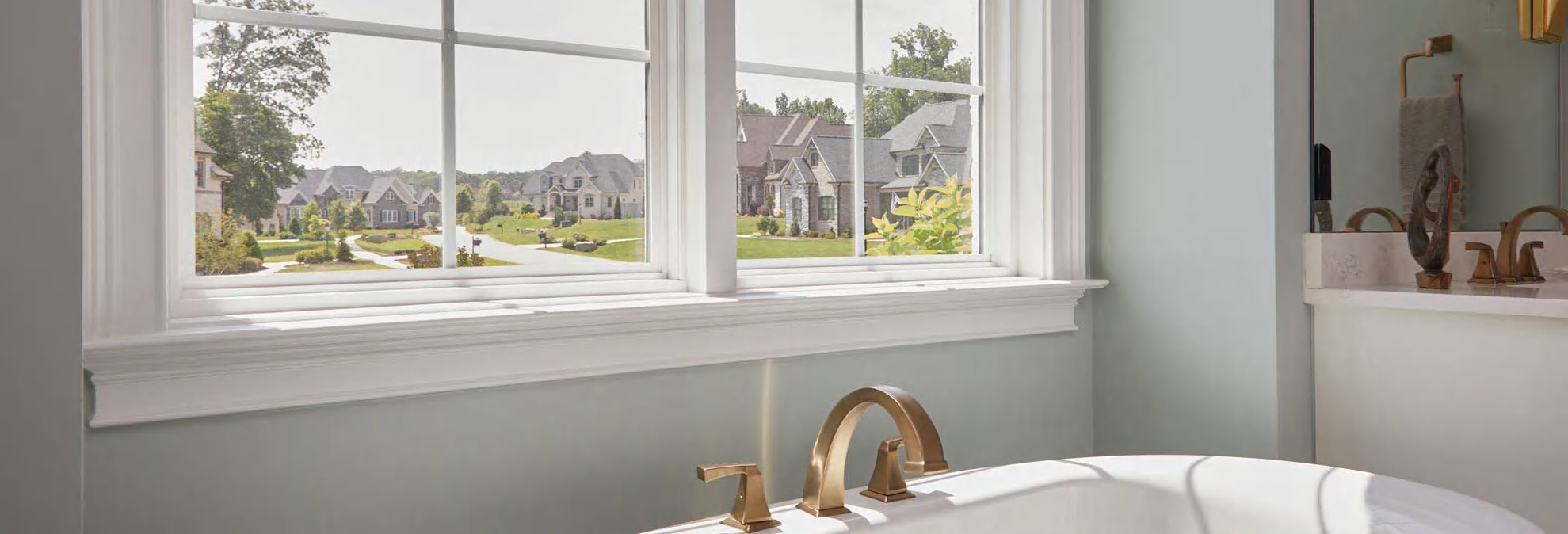
Choosing Replacement Windows

Installing replacement windows can make your home quieter and less drafty, and you might even save on heating and cooling bills. That’s particularly true if you’re replacing leaky old single-pane windows. Many new double-hung windows are also easier to clean and maintain than their older counterparts, and they can also enhance your home’s curb appeal.
Traditional replacement windows, sometimes called pocket windows, fit inside an existing window frame, minimizing installation costs. But many replacement window lines are also available as new construction windows, which require the removal of the entire old window, including the frame, sill, and trim. As a result, they usually cost more to install than the pocket type.
What’s more, consumers are no longer restricted to standard frames that scream “replacement window.” Some manufacturers offer wood replacement windows with vinyl- or aluminum-clad exteriors. Other windows are available in durable composite frames, some made of fiberglass, others a combination of wood and plastic. Many window lines offer numerous options for colors, grids, and glass type.
Read on for more about the cost of replacing windows, how to choose energy-efficient ones, available window styles and features, and important things to consider when shopping for windows.
How CR Tests Windows
We test double-hung windows for resistance to wind and rain. (We don’t test single-hung windows because they’re less common.) Working with an outside lab, we subject the windows to heavy wind-driven rain and winds of 25 and 50 mph at outdoor temperatures of 0° F and 70° F. As our ratings show, we’ve found significant differences among brands.
Our replacement windows ratings, based on our wind and rain resistance testing, can help you choose the best windows for your home.
How Much Do Replacement Windows Cost?
Whether you choose pocket windows or new construction types, buying and installing them can be a significant investment. According to Fixr, an online marketplace for local remodeling services, the average national price for a professional to replace one window is around $800 (with the cost ranging from about $300 to $3,000, depending on the size and type of window). That means the cost for replacing the windows in an average, one-story house with those windows would be about $8,000, Fixr reports.
Your actual cost for replacement windows will depend on where you live, the materials and styles you choose, and factors such as the window sizes and location. Labor is a major factor in the price. According to Angi, another online marketplace for local services, installation typically costs $100 to $300 per window.
Are Energy-Efficient Windows Worth It?
Replacing an old window with a newer, better-designed model is likely to save at least some money on energy bills. But if you want to maximize savings, buy an Energy Star certified model. The Energy Star program, which is administered by the Environmental Protection Agency, estimates that installing new Energy Star certified windows can save the average homeowner about 13 percent on their home energy bills. Every new window has a label indicating its energy efficiency, including whether it’s Energy Star certified.
How much you save will vary based on where you live and the type of window you’re replacing. For example, in the EPA’s Northern Zone—roughly the northern half of the U.S.—replacing 10 inefficient single-pane windows with new Energy Star models could save homeowners an average of $568 per year in heating and cooling costs, or 12 percent. But homeowners in that region would save only $282, or 6 percent, if they replaced double-pane windows. In short, you’ll see the most impressive savings if you’re replacing windows that are really old and ineffective, particularly if you get the most energy-efficient options that will work in your space.
You can save even more by installing a replacement window from Energy Star’s Most Efficient Window list. Through the end of 2025, you can claim a 30 percent federal tax credit on that expenditure, up to $600.
In addition to tax credits and energy savings, you’ll also get a fair amount of the cost back if and when you sell your home. Sixty-seven percent of a vinyl window replacement job is recouped in the selling price of a home, according to 2024 national estimates by the Journal of Light Construction. For new wood windows, that figure is 63 percent.
What to Consider When Shopping for Windows
Decide How Much Window Needs Replacing
If the window jambs—the vertical sides of the window frame—are in good shape, you could buy and install just a new “sash pack,” which includes just the upper and lower sashes that hold the glass in place. The more common “pocket” replacement includes both the sashes and frame; once the old sashes and the tracks they run on are removed, this type of window fits inside your existing frame. New construction windows, requiring the removal of the entire old window, sill, and other components, are appropriate when the window frame is rotted or damaged, and they’re the most costly type of replacement. Windows in Consumer Reports’ ratings include both pocket and new construction replacement windows.
Read the NFRC Label
Before you buy, look for a label on the window you’re considering from the National Fenestration Rating Council (NFRC), an industry group. It will have a black arch in the top left corner, framing a sun shape.
Those figures give you a snapshot of the window’s energy performance, which you can use to compare with other windows on the market. That information includes the U-factor, which indicates how well the window keeps heat from escaping from the house, and the Solar Heat Gain Coefficient (SHGC), which indicates how well the window prevents heat from the sun from penetrating the house. In both cases, lower numbers indicate greater effectiveness.
Look for the Energy Star Label
The Energy Star logo and zone map you see on a window won’t tell you how much that particular model will save you compared with others, like it does with major appliances. But it will tell you whether the window meets Energy Star standards for your area of the country.
Find a Capable Installer
Even the best windows won’t deliver the look or comfort you expect if they’re installed incorrectly. Professional installation is key, especially if you have an older home where, say, window frames have shifted over time and are no longer square at the corners.
Many major window manufacturers train and certify installers for their specific brand of window. Using the same contractor for purchase and installation means that if a problem arises later, there will be no doubt who is responsible for fixing it; the window seller can’t blame the installer or vice versa.
Get multiple bids and look online for certification from the American Window and Door Institute or Installation Masters. Any bid you receive should include specifics such as window brand and model, number of windows, size, and type, plus any add-on features. Installation details should be noted, and labor and material costs should be broken out separately. If your house was built before 1978, look for an installer who knows how to deal with lead paint on the sills and moldings. The EPA offers a database of trained and certified lead-safe certified contractors. A handful of states have their own lead certification programs.
While contractors often have their preferred brands, don’t rely on them to choose windows for you. Check out our replacement window ratings for details on which did best in our tests for keeping a house comfortable and dry.
Mind the Warranty
The window and your installer may each have their own warranty, with its own terms. A typical replacement window warranty lasts 10 years, though some brands and models offer terms as long as 20 years or promise a “lifetime” warranty, says Andrii Gurskyi, owner of Mr. Glazier Windows and Doors in New York City. Installation warranties, covering problems arising from poor workmanship, are usually shorter, from one year to five. Check the fine print carefully for exclusions, such as failure to cover glass repairs after five years or mechanism repairs for 10 years, Gurskyi says.
Window Frame Materials
We test composite, vinyl, and wood windows at Consumer Reports. You may still find some all-aluminum windows, but their popularity has declined with the development of vinyl. All of the windows in our current ratings are double-paned, with the space in between filled with insulating argon gas.
Our tests have found that the material a window frame is made of doesn’t guarantee performance, and neither does price. For instance, you’ll find excellent vinyl-frame windows that perform better than more pricey wood-frame windows. In fact, the highest-rated wood window in our tests is on a par, as far as performance, with a vinyl window that’s half its price. Here are the types of window materials to consider.
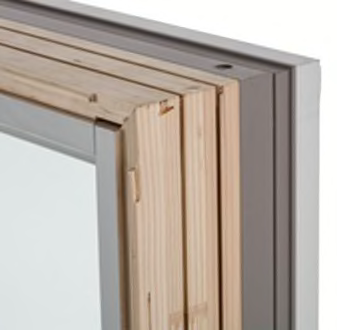
Wood Frame
This window frame type tends to be the most expensive. The entire structure is wood. But while the interior wood can be painted or stained, the exterior is typically clad with aluminum or vinyl, which protects it from the elements and prevents rotting and insect infestation. Cladding also reduces maintenance because you never have to repaint. Many wood windows are available in a variety of exterior colors, allowing you to pick a style that matches your home.
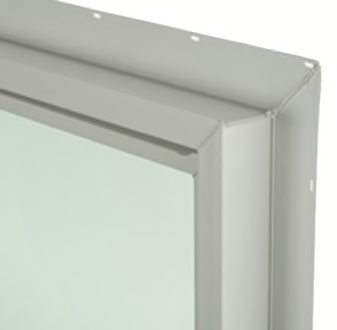
Vinyl Frame
Vinyl-frame windows are typically the least expensive—and typically white. Some models, though, come in limited exterior and interior colors, including laminate finishes that look like wood. Most vinyl frame windows can’t be painted or stained, so keep that in mind if you want to coordinate them with the exterior color of your house. Vinyl frames often have fewer hardware options than all-wood frames.
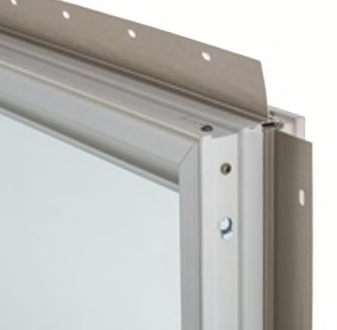
Composite Frame
These window frames are made from fiberglass or a combination of materials. They usually don’t need to be painted or stained. They may have some parts made of solid wood, laminated wood, or plastic with embedded wood fibers. Composite windows replicate the look of a solid wood window while providing an underlying structure that’s more stable.
The Glass Menagerie: Types of Windows
In addition to materials, variables include the number of panes, how the windows are hinged, how they operate, and how much ventilation they offer. Here’s a look at the various types.
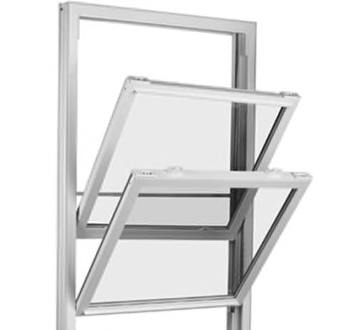
Double-Hung Windows
This is the most common type of window used in homes. The lower inside sash slides up and an upper outside sash slides down, improving air circulation and making full screens ideal.
Most new double-hung windows allow you to tilt the sashes in for easy cleaning. They’re also a smart choice if you plan to install a window air conditioner, though many replacement types have a fairly high trim on the sill that may require significant shimming to stabilize the unit.
Some double-hung windows in our tests are better than others at keeping out cold air or water. That’s important if you live in a place where it’s chilly and windy, such as Chicago, or where it’s rainy, like the Pacific Northwest.
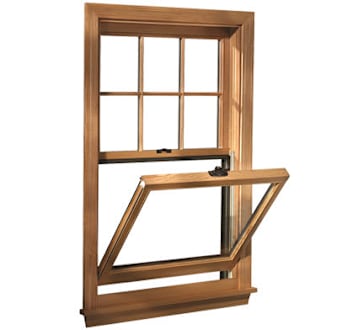
Storm Windows
Storm windows are designed to protect your home from the impact of flying debris and the pressure changes from severe storms and hurricanes. They’re also referred to as impact-rated windows, hazard-resistant windows, or hurricane windows.
Today’s storm windows are tested and rated to help a home maintain its structural integrity during extreme events, unlike older storm windows, which were generally designed to improve energy efficiency in cold weather.
Storm windows are more expensive than standard replacement windows by about 20 to 40 percent. But in hurricane zones, installing them may raise your home’s resale value. Your insurance company may give you a discount if you install them, or it may even require them.
Other Types of Windows
Awning-style windows: These are hinged at the top and open outward. As with casement windows, the sash presses and locks against the frame, so they close very tightly.
Casement-style windows: Casement windows are hinged on one side, and a crank lets you open them outward. When fully open, casements allow good ventilation and easy cleaning. They’re usually more airtight than double-hung windows because the sash locks tightly against the frame when closed. But window air conditioners can’t be installed in casement windows.
Fixed windows: These are used where lighting but not ventilation is important. They’re airtight and are available with decorative glass accents and textures, or in unusual shapes.
Hopper-style windows: The opposite of awning windows, they’re hinged at the bottom and can open either inward or outward.
Single-hung windows: They look like double-hung windows, but only the bottom sash moves. (They usually cost less as a result.) The top sash is sealed to keep out cold air and water.
Garden windows: These project from the building to create display space for potted plants or a small potted garden. Either the left or right side of the projection can open.
Features to Look For
Here are a handful of important features to consider when you’re shopping for new construction or pocket replacement windows.
- 1
- / 4
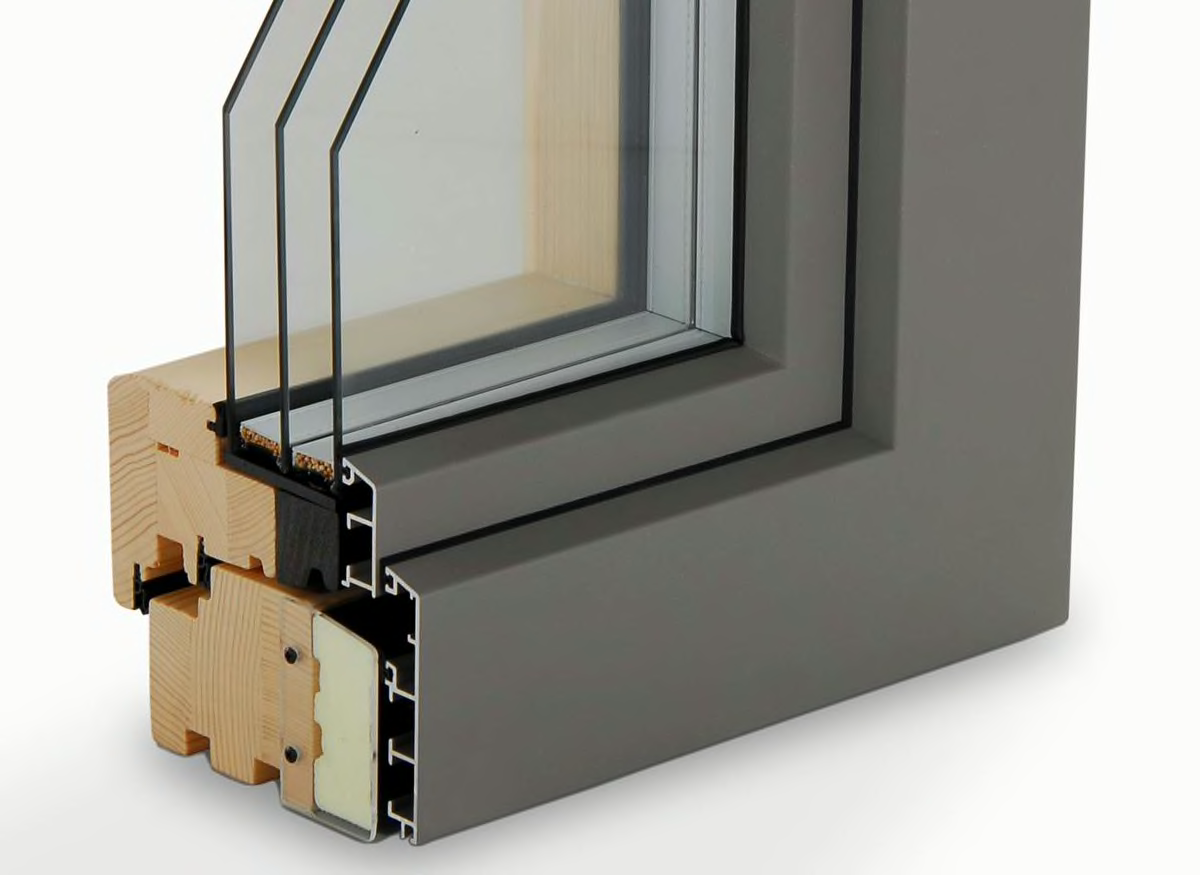
Cladding
Today’s wood-framed windows are clad in aluminum, vinyl, or fiberglass to protect the wood from the elements and eliminate the need for painting. Wood windows tend to be the most expensive. Many brands offer various wood types, such as pine, maple, and oak, for the interior parts of the window. Wood-frame windows can be either painted or stained at the factory, or you can add it to your to-do list.
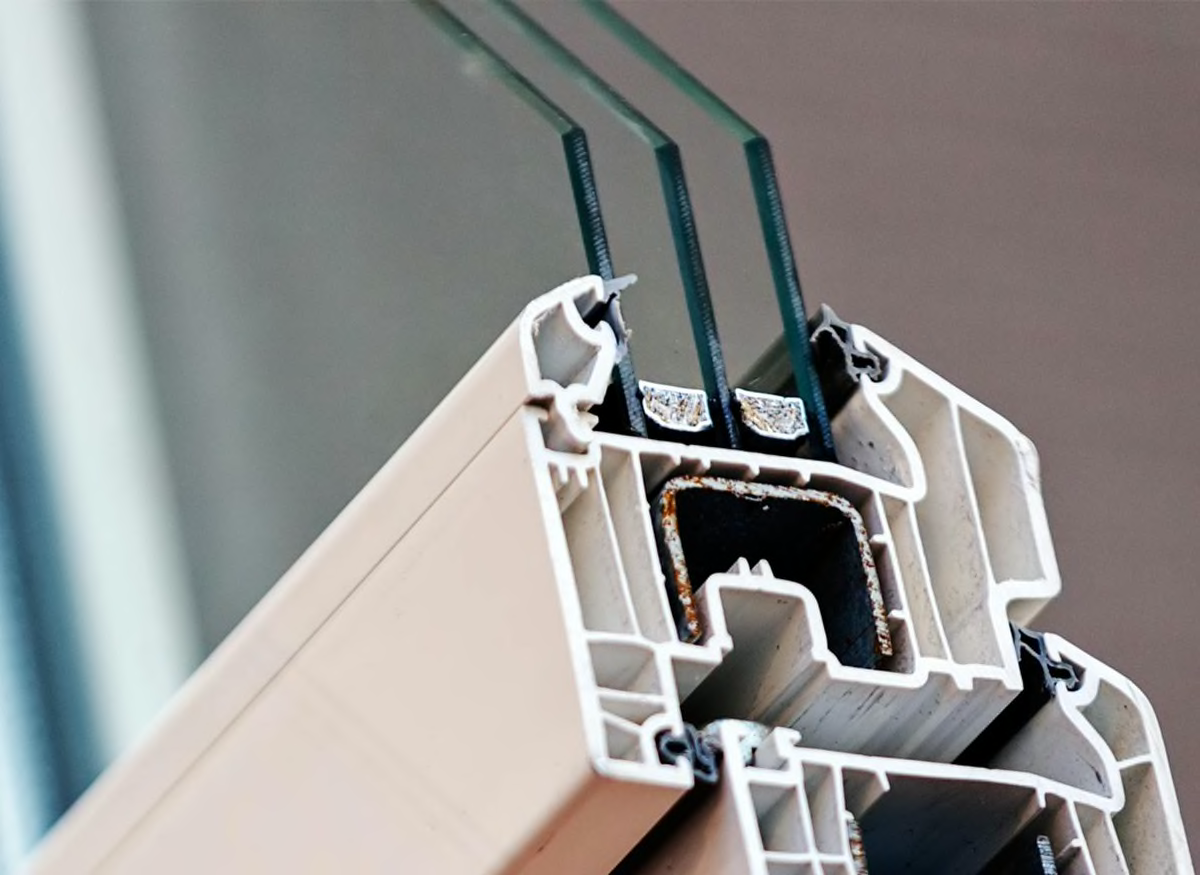
Double or Triple Glazing
Double-glazed windows have a sealed space between two panes of glass typically filled with argon gas, which slows the transfer of heat through the window. (All of the windows in CR’s ratings are double-glazed and filled with argon gas.)
Triple-glazing adds a third layer, which reduces noise significantly. It also improves energy savings, but not enough to justify the cost except in extremely cold climates or loud environments (such as near airports or major freeways). Manufacturers have reported to CR that they’re making triple-glazed windows in order to meet the new Energy Star 7 standard for the northern and mountain states.
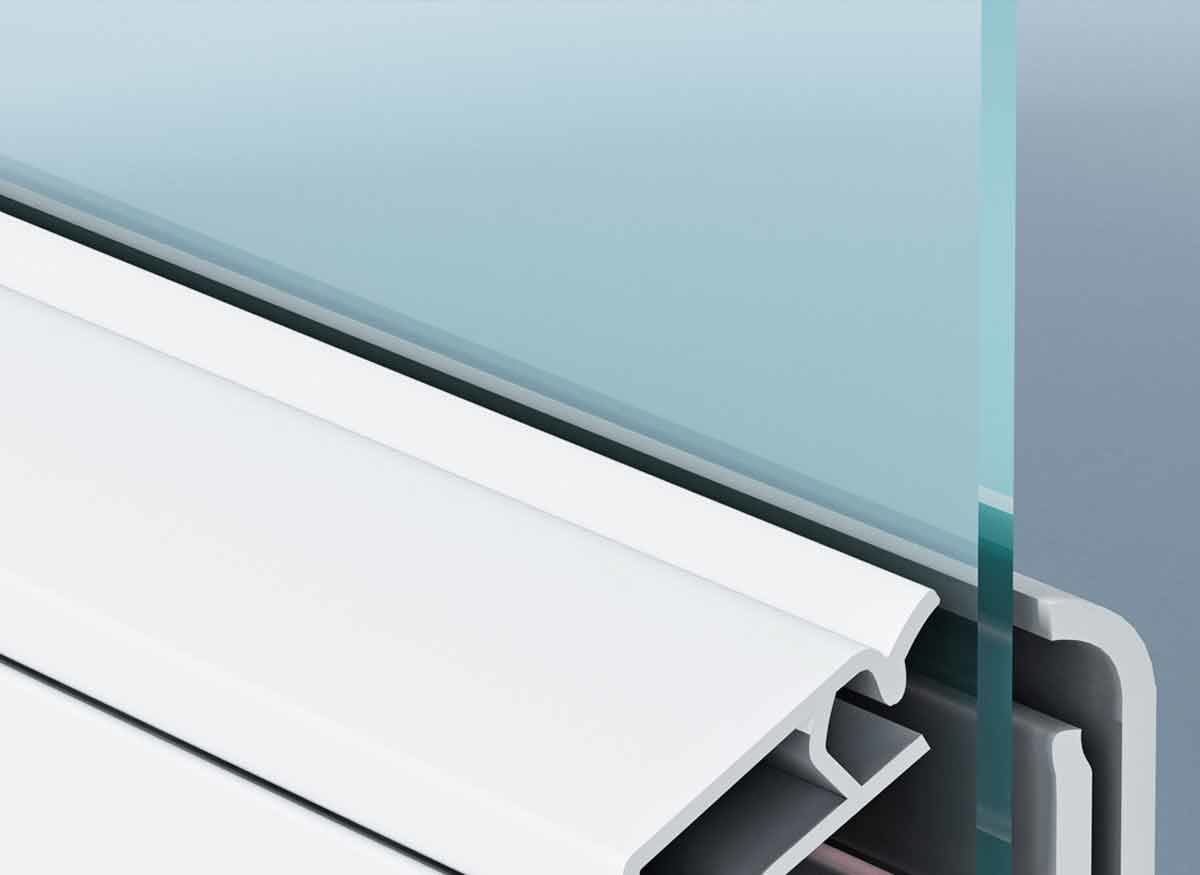
Low-E Coating
Low-emissivity (low-E) coatings are transparent and improve the efficiency of the glass by reflecting heat while letting in light. The coating is applied to the outside glass in warmer climates to reflect the sun’s heat out, and in colder climates it’s applied to the inside glass to keep heat in. But keep in mind that any coating applied to glass, no matter how transparent, reduces the visibility.
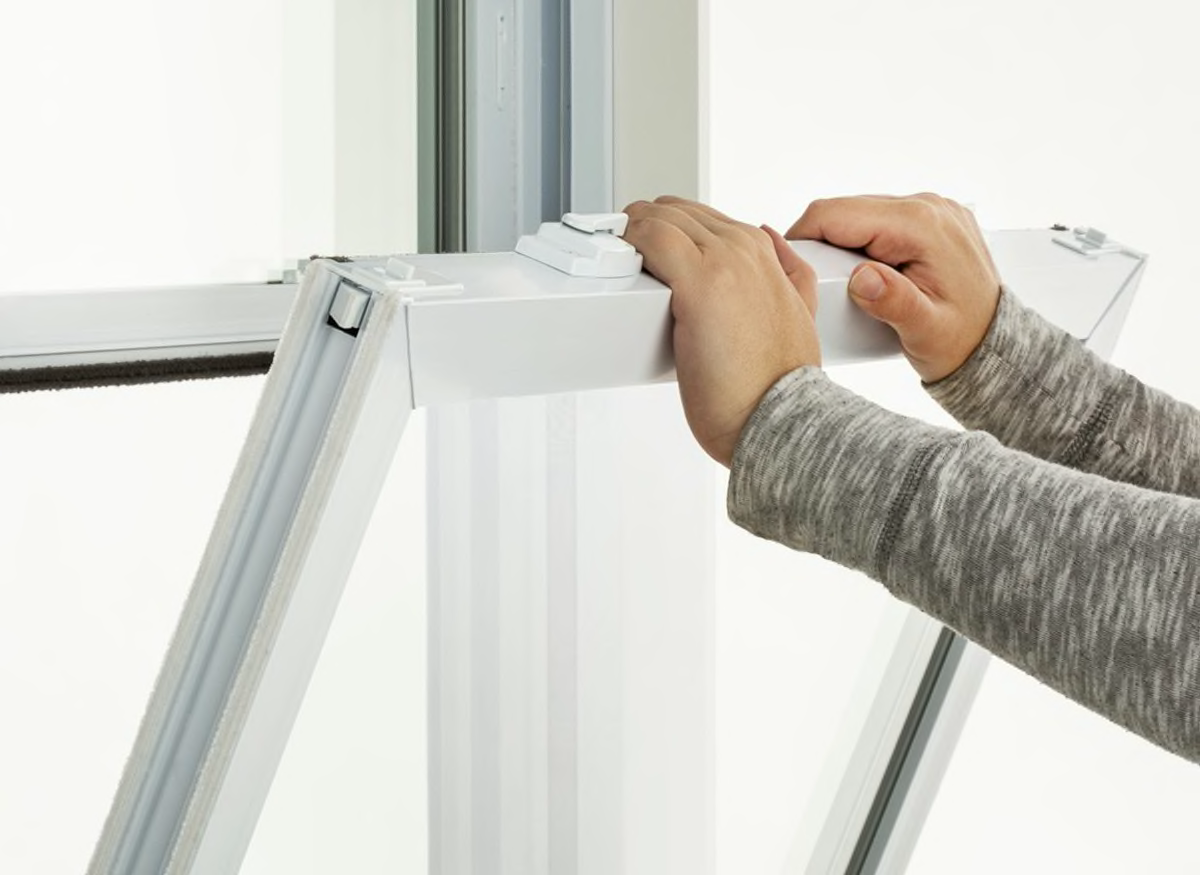
Tilt-In Sashes
On single- and double-hung windows, the sashes (the moving part of a window) can be tilted in for easy cleaning. Almost all brands now have this feature.
Cladding
Today’s wood-framed windows are clad in aluminum, vinyl, or fiberglass to protect the wood from the elements and eliminate the need for painting. Wood windows tend to be the most expensive. Many brands offer various wood types, such as pine, maple, and oak, for the interior parts of the window. Wood-frame windows can be either painted or stained at the factory, or you can add it to your to-do list.
Double or Triple Glazing
Double-glazed windows have a sealed space between two panes of glass typically filled with argon gas, which slows the transfer of heat through the window. (All of the windows in CR’s ratings are double-glazed and filled with argon gas.)
Triple-glazing adds a third layer, which reduces noise significantly. It also improves energy savings, but not enough to justify the cost except in extremely cold climates or loud environments (such as near airports or major freeways). Manufacturers have reported to CR that they’re making triple-glazed windows in order to meet the new Energy Star 7 standard for the northern and mountain states.
Low-E Coating
Low-emissivity (low-E) coatings are transparent and improve the efficiency of the glass by reflecting heat while letting in light. The coating is applied to the outside glass in warmer climates to reflect the sun’s heat out, and in colder climates it’s applied to the inside glass to keep heat in. But keep in mind that any coating applied to glass, no matter how transparent, reduces the visibility.
Tilt-In Sashes
On single- and double-hung windows, the sashes (the moving part of a window) can be tilted in for easy cleaning. Almost all brands now have this feature.
Replacement Window Brands
Andersen, Marvin, and Pella are the leading window brands. Many leading manufacturers in the window industry market multiple brands. Andersen and Marvin sell some lines only to authorized installers, and home centers such as Lowe’s and Home Depot sell multiple lines. Use these profiles to compare windows by brand.
Alside vinyl windows have several replacement and new construction lines, including double-hung, casement, bay windows, and garden windows. Alside windows are custom-made to fit existing window openings. They’re sold predominantly in the eastern and midwestern parts of the U.S. at independent home centers.
Andersen is one of the leading manufacturers and marketers of windows. Its windows are available in multiple replacement and new construction lines in widely sold double-hung and casement styles, as well as bay windows. Andersen window lines include wood, clad, vinyl, and composite construction, and also low-emissivity (low-E) and argon-filled (gas-filled) glass for high efficiency. The company markets a line of stock sizes and has extensive special-order and custom options. Its windows are widely available through independent home centers, dealers, and Home Depot. Andersen also markets a line of composite windows under the Renewal by Andersen name through certified installers.
Atrium vinyl windows have several replacement and new construction lines, including double-hung, casement, sliding, bay/bow, and garden windows. It offers a wide selection of custom-built vinyl windows in a variety of styles and colors, as well as a variety of glass and grid options, including low-emissivity (low-E), argon-filled, and triple-pane glass. They’re sold at independent home centers.
Jeld-Wen is one of the leading manufacturers and marketers of windows. Its windows are available in multiple replacement and new construction lines in widely sold double-hung and casement styles, as well as awning and bay/bow designs. Jeld-Wen window lines include wood, clad, vinyl, and aluminum construction, along with low-emissivity (low-E) and argon-filled (gas-filled) glass for high efficiency. They are sold through independent home centers and dealers.
One of the leading manufacturers and marketers, Marvin offers windows in multiple replacement and new construction lines in widely sold double-hung and casement styles. The brand also sells awning and bay/bow casement windows. The company’s window lines include wood, clad, and composite construction, along with low-emissivity (low-E) and argon-filled (gas-filled) glass for high efficiency. Marvin markets a line of stock sizes and has extensive special-order and custom options. They’re sold through independent home centers and dealers, and are premium-priced.
One of the leading manufacturers and marketers, Pella makes its windows available in multiple replacement and new construction lines in widely sold double-hung and casement styles, as well as less common awning and bay designs. Pella window lines include wood, clad, vinyl, and aluminum construction, plus low-emissivity (low-E) and argon-filled (gas-filled) glass for high efficiency. The company markets a line of stock sizes and has extensive special-order and custom options. Its windows are widely available through Pella company-owned stores, dealers, independent home centers, and Lowe’s.
ReliaBilt vinyl windows are available in multiple replacement and new construction lines in widely sold double-hung and casement styles, plus low-emissivity (low-E) and argon-filled (gas-filled) glass for high efficiency. They’re available in stock sizes and extensive special-order and custom options. They’re sold at Lowe’s.
Simonton vinyl windows are available in multiple replacement and new construction lines in widely sold double-hung and casement styles, along with low-emissivity (low-E) and argon-filled (gas-filled) glass for high efficiency. Simonton windows are available in stock sizes and extensive special-order and custom options. They’re sold at Home Depot and through dealers.
Window World is one of the leading manufacturers, dealers, and marketers of replacement windows. The company sells a variety of window configurations, including double-hung, casement, and bay. Window World offers a variety of stock window sizes and provides installation. Its windows are sold at Window World retail centers and through partnerships with independent home centers.
Weather Shield wood-clad windows are available in multiple replacement and new construction lines in widely sold double-hung and casement styles, along with low-emissivity (low-E) and argon-filled glass for high efficiency. Weather Shield windows are available in stock sizes and extensive special-order and custom options. They’re sold through dealers.



























